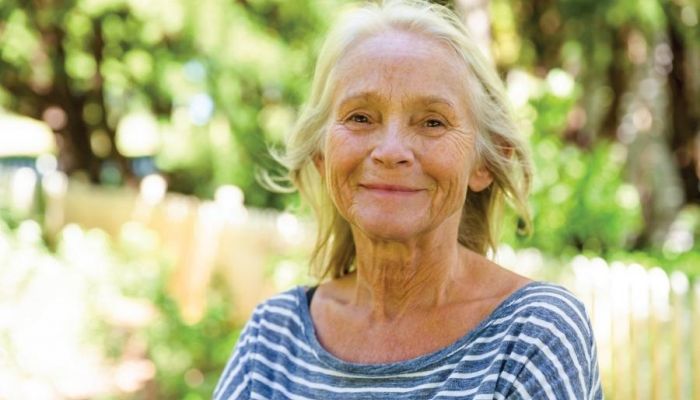When Happy Christmas! is anything but!
12 December 2021

Discovering hope and joy in a season of anxiousness
Words Jo-anne Brown
Historically, the first Christmas was announced as “good news of great joy”, and common themes leading up to Christmas include love, joy, peace, and hope.
For many, though, Christmas is definitely not a season of “great joy” and may seem to have little connection with hope, peace, or love. Everywhere we look, Christmas is presented as a season of beautiful decorations, feasting, gift-giving, and enjoying time with family and friends. But what if the Christmas we actually experience is more like the day after – scrunched-up paper, discarded food, unwanted gifts, and toys already broken and tossed aside?
Perhaps, if we are truly honest, most of us recognise that this season often doesn’t live up to its promises. Many people face Christmas struggling with deep sadness, illness, financial fears or other stressors. There may well be significantly more suffering than celebrating during this season.
That very first Christmas was also more than it appeared on the surface. Yes, joy at the birth of a baby. And … homelessness, threats against the life of that baby, and the need to flee for safety to another country far away from any family support.
So, when “good news of great joy” is far away, and hope seems impossible to grasp, when we feel alone, anxious, sad or stressed, how can we approach Christmas without feeling even worse?
Acknowledge grief
Firstly, it is helpful to acknowledge our grief and mourn our losses. Yes, our experience of Christmas may not be ideal; yes, there may be many things in our lives that fill us with sadness, anger, or anxiety. We need to acknowledge these and find a way to express how we feel about them. It is also important to acknowledge that there is more to life than our sadness, anxiety and so on. We are more than our sadness and anxiety.
Next, stop and pay attention to the good around us – the beauty in the created world, the kindness of people we may not even know. It is easy to get stuck in the rhythm of our own thoughts and emotions. When we choose to stop and breathe deeply, we are also giving our thoughts and feelings the opportunity to slow down, rest, and see what else is going on around us. In among sorrow and stress, there will always be something of beauty.
“ … each season will pass, each season has something to let go of, and something to give.”
When we give ourselves this gift, we see things that make us smile and give us a reason to hope. Jacaranda season, for example, leads into the Christmas season. For 10 months of the year, the jacaranda trees are bare or draped in vibrant green – but we know that violet flowers are coming! They always do. When I look at the beauty of nature, even when it is being endangered, I see signs of hope and promise – and the reminder that each season is not the final one.
By now, most jacarandas are green again, and the poinciana trees are dressed in beautiful red for their season of flourishing. We can draw hope from knowing that each season will pass, each season has something to let go of and something to give.
Gratitude
More and more, gratitude is being recognised as a pathway to mental and emotional well-being. A great deal of research shows that simply being thankful for the good things we have or see can make a huge difference in how we live our lives. Such gratitude opens a doorway to hope, or maybe just a window, but at least an opening.
Being thankful for small things around us won’t change the big things in our lives that are difficult to live with. Gratitude is not a magic cure for the suffering and sorrow we might be living with. It does, however, change how we perceive that suffering – and perhaps gives us a glimpse of hope.
And so, I wish you not a happy Christmas but a Christmas that is hope-filled and leads you just a bit closer to great joy.
Major Jo-anne Brown is a retired Salvos officer (pastor) in Queensland.

Comments
No comments yet - be the first.